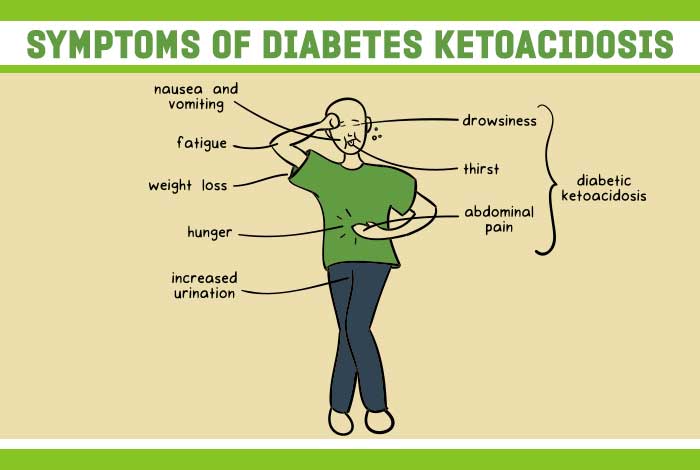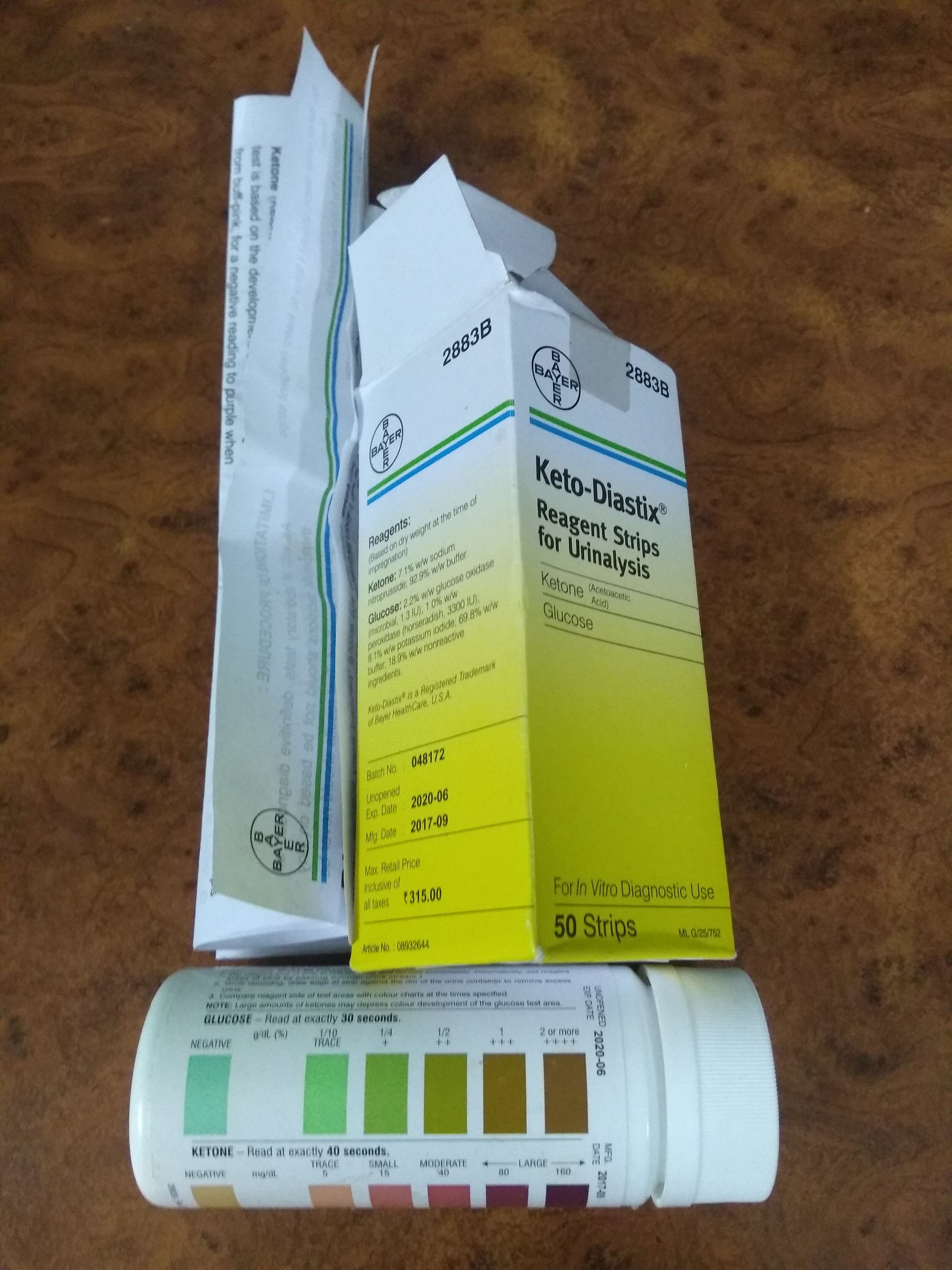Understanding DKA
Diabetic Ketoacidosis (DKA) is a life-threatening complication associated with Type 1 Diabetes (T1D). Under certain circumstances, it can also occur in those with other types of diabetes. Many people get diagnosed with T1D when they are presented in hospitals with severe symptoms of DKA - easy to miss symptoms that most regular, non-diabetic people do not even know. Its symptoms resemble common cold, fever or dehydration and you may not even realize that you are in DKA. If left untreated for a long time, DKA can lead to diabetic coma or even death! Hence we intend to spread awareness about DKA, its causes, symptoms and preventive measures.
WHAT IS DKA?
When a body does not have enough insulin to process glucose from the carbohydrates in food, it then starts using the stored fats in the body as a source of energy. In this process, ketones with the high concentration of acetoacetic acid are released in the bloodstream which already has a glucose build-up because of lack of insulin. This condition is known as Diabetic Ketoacidosis in the medical field.
SYMPTOMS OF DKA :
- Unintentional and rapid weight loss
- Exhaustion
- Increased thirst
- Loss of appetite
- Dehydration
- Nausea and vomiting
- Frequent urination
- Abdominal pain
- Dry mouth with a fruity smell (similar to nail polish remover)
- Dizziness
- Disorientation
- Mental confusion
- Shortness of breath
- Unconsciousness

The term (nutritional) Ketosis should not be confused with Ketoacidosis. Ketones, when released during ketosis, are a great source of energy. However, the excessively high amount of the unused glucose (resulting in high sugars) along with the ketones in the blood creates a deadly combination, and you should look out if the symptoms persist and get a simple blood glucose test done before it becomes worse.
CAUSES OF DKA:
- Lack of insulin (forgetting to take a dose or a correction, for example)
- Consistently high blood glucose > 240 mg/dL or the blood glucose value on the glucometer being displayed as HI (which usually means it is over 500-600 mg/dl)
- Damaged insulin
- Infections
- Illness
- Malfunctioning insulin pump
The beta cells that produce insulin in the pancreas are mistakenly destroyed in an autoimmune reaction in T1s. So T1s need to inject insulin considering their meals and daily exercise etc. and keep an eye on their blood glucose levels throughout the day. They need to check the condition of insulin (refer to the pamphlet that comes with your insulin vials) as damaged insulin cannot bring down the glucose levels as efficiently. If you are using an insulin pump, you need to make sure that your pump is working properly, has no leakages and your cannula is not kinked as lack of insulin in T1s = DKA.
Also, special care should be taken during any illness or infections. At such times, the body tends to have higher blood glucose which increases the chances of getting into DKA. Many T1s gain more weight than needed after their diagnosis. They may even stop injecting the insulin altogether due to weight gain and eating disorders. In such cases, immediately consult with your team of doctors, dietitians, and certified diabetes educators.
If you stop injecting insulin as per your daily requirement, you are potentially putting yourself into DKA and risking your life.
PREVENTION:
Sure, DKA sounds frightening and it is; but it can be avoided! You must take some measures when your blood sugars are high :
- Take your insulin shot including a correction dose
- Monitor your blood glucose after every three to four hours when you are ill
- Monitor ketones in your body using ketone strips
- Keep yourself hydrated (water is your best friend, drink it often!)
- Drink salty liquids such as clear soup, lemon water, etc
- If the situation gets out of control and you vomit more than 2-3 times, visit the hospital emergency room ASAP
TESTING URINE KETONES:
Testing urine ketones is the first step when you or your dear ones experience the symptoms of DKA. Ketone strips are available at most medical stores and can be purchased online as well. Detailed instructions can be found in the information guide provided with the strips. If traces of ketones are large and blood sugars are high, you are most likely in DKA and need to take insulin and seek medical help immediately.

There is nothing that we can do to prevent T1D. However, we can always take control over how much damage it might cause. After all, a stitch in time saves nine!
SUPPORT BLUE CIRCLE DIABETES FOUNDATION
We need your help and support to continue to grow, expand and touch the lives of countless people in the diabetes community. Every little bit helps us in sustaining this endeavour.
Click here to donate

